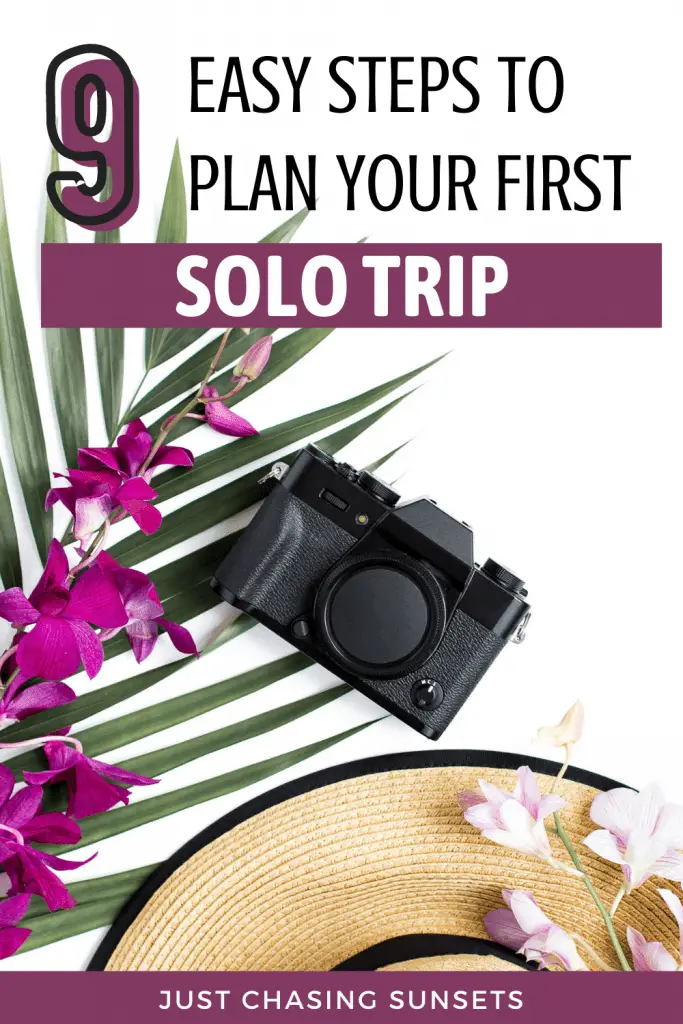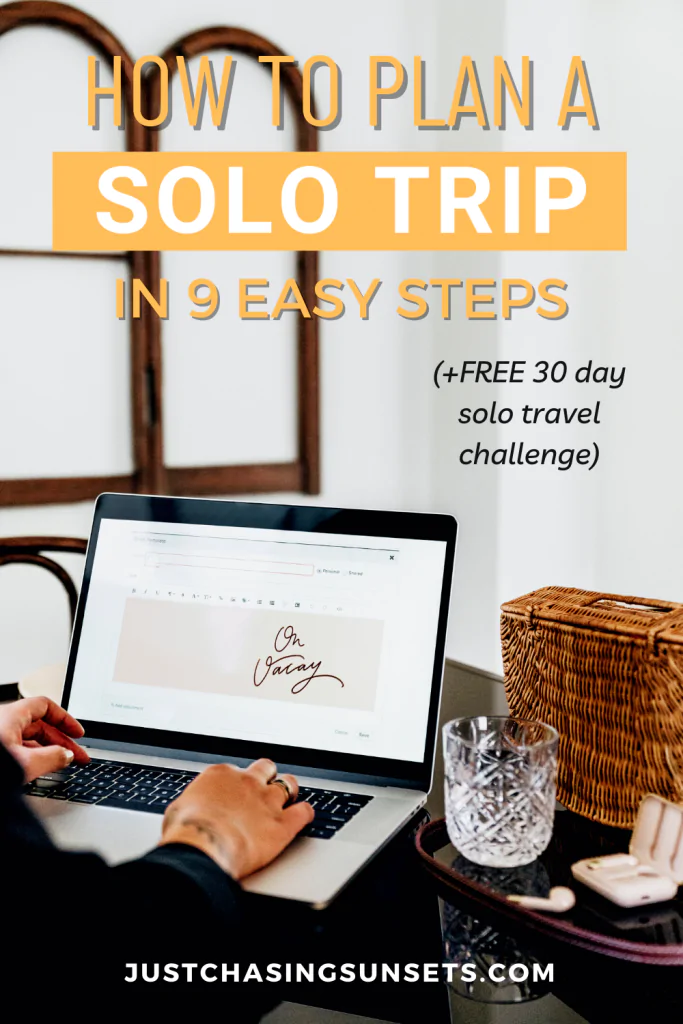Blog, Planning Tips, Solo Female Travel
Planning a Solo Trip? It’s Easy If You Do It Smart!
Last updated on November 12th, 2021 at 02:31 am
Are you planning a solo trip? I’m so excited for you because I know that whether this is your first or 100th solo trip, you’re about to learn more about yourself and your place in the world.
But first, you’ve got to plan it! Everyone plans solo trips differently. On my first solo trip, I booked EVERYTHING in advance. Literally every tour, each bus I would take, and where I would eat every meal.I did this because I was incredibly intimidated by the idea of traveling alone. What I found was it left little room for spontaneity, and interestingly, my favorite memories are when I went off of my itinerary.
Now, I plan solo trips a bit differently. They’re not completely spontaneous, nor completely planned. I’ve found a happy middle ground that works for me and isn’t overwhelming! Today I’ll be sharing with you my exact process for planning a solo trip, but first here’s a quick overview.
9 Steps to Planning a Solo Trip
- Decide Your Destination
- Determine Your Budget
- Get Paperwork & Health Sorted
- Book Transportation
- Start Saving & Selling Items to Achieve Your Budget
- Consider a Travel Credit Card & ATM Card
- Plan Your Bucket list
- Book Your Accommodation
- Purchase Travel Insurance
- Create a packing list & pack
I know it seems pretty basic, but I’m going to breakdown a few unique aspects of each of these steps that will have you well on your way making an epic solo travel itinerary.
This post contains affiliate links, which means that, at no additional cost to you, I will earn a tiny bit of income if you decide to make a purchase or booking. For more, check out my disclosure.
solo female Travel Resources
- Book your flight to San Francisco with Skyscanner
- Get reliable travel insurance with World Nomads
- Find awesome accommodation with booking.com or Hostelworld
- Book your rental car with Discover Cars
- All of my favorite travel and photography gear
- Read the ultimate guide to solo female travel
Step 1: Decide Your Destination

The first, and perhaps most exciting, aspect of planning a solo trip is deciding where you’ll go!
Some people know exactly where they want to go. If that’s you, feel free to skip this section. And move on to planning the rest of your itinerary.
- Reflect on the types of activities you want to do. Do you want to spend a week hiking? Are you craving a beach getaway? What about exploring a new city? Once you know what you want to DO on your trip, write down 3-5 destinations where you can do those things.
- The next item to consider is time. How much time will it take to travel to each of those destinations and how much time do you have to devote to this trip? If it’ll take 24 hours to get there and you can only take 4 days off of work, it’s probably better to choose a closer destination. Narrow your list down to 2 destinations.
- Consider your budget. I could’ve put budget first and destination second on this list, but the reality is they go hand in hand. We’ll dive into the budget next, but you probably have a decent idea of how much you can spend on this trip. Remember $1,000 can go really far in some places, and not far at all in others. Take a look at the last two destinations on your list and decide which one best fits your budget. Now you’re left with the destination for your trip!
- Remember COVID-19. If you’re traveling to a different country, double and triple check the COVID requirements for the destination and for your return home. If you’re traveling within your home country ensure that you know the COVID policies in your new destination and that you’re comfortable with them. These are still changing so make sure you’re aware of refund policies as you begin to make bookings.
Step 2: Determine Your Budget

Determining how much money you’re willing to part with on your trip will guide many of your future decisions before takeoff and well after landing. Knowing your budget will help you determine how you will travel.
Remember that there are always ways to save money during your trip and that it’s all about priorities.
Decide where you’re willing to save and splurge on travel expenses. Food and accommodation are typically the most expensive parts of travel (after a flight) so finding ways to save on these can help stretch your budget. For instance, staying in a hostel in more expensive cities for a few nights can lengthen the amount of time you’re able to spend there. Or perhaps you love retreating to a comfortable hotel room so choosing a less expensive place to travel where you can have the comforts you need is more budget friendly for you.
Whatever the case is for you, create a budget and set aside money each month to reach your goal. Begin reining in your lifestyle just a bit. Cutting out coffee shops and making coffee at home is an easy place to start.
I used to compare each tiny purchase with the cost of a hostel stay in Ecuador. For instance, the average nightly cost of a hostel in Ecuador is $10. Which is also the cost of my lovely matcha lattes and sweet treat from the cafe. I’d ask myself if that treat was worth one less night in Ecuador, if it was then I enjoyed it, and if it wasn’t, I transferred $10 into my savings account!
If you need help figuring out how much your trip will cost, check out the website Budget Your Trip for ballpark numbers.
Step 3: Get Your Paperwork & Health Sorted Early

Ensuring that your paperwork and health is in order is an integral step of the trip planning process. More so if you’re traveling international.
Passport
Make sure your passport is valid for 6 months after your trip (but if it’s even cutting it close may be a good idea to just get a new one). Additionally, ensure that there are enough pages left for stamps.
Visa
Depending on your destination, a visa may be required. Check this site to find out. These things can take time and money. They should be factored into your budget and handled early in the planning process.
Medications
If you travel with prescription medications, understand the policies of the destination you will be traveling to regarding bringing these into their country. Ensure that you have a written prescription from your doctor and keep the medication in its original packaging. Always make sure that you have enough for the entirety of your trip. If you will be gone longer than it is possible to carry the medication with you, know how you will obtain a resupply before you go.
Vaccinations
Certain countries require vaccinations. These can be expensive as insurance companies view them as optional so they likely will not cover the cost. But, check with your primary care provider first.
Another option is to visit a travel clinic. These nurses are knowledgeable about the vaccination requirements of various countries and can best guide your decision making in this area.
At customs, an agent may ask to see your vaccination card. If you don’t have it, you may be looking at a very expensive flight home. And of course, these vaccinations could potentially save your life so it’s worth doing.
Side Note: I’m not referring to the COVID vaccine. Although, I do strongly suggest having this vaccine before traveling.
Step 4: Book Transportation
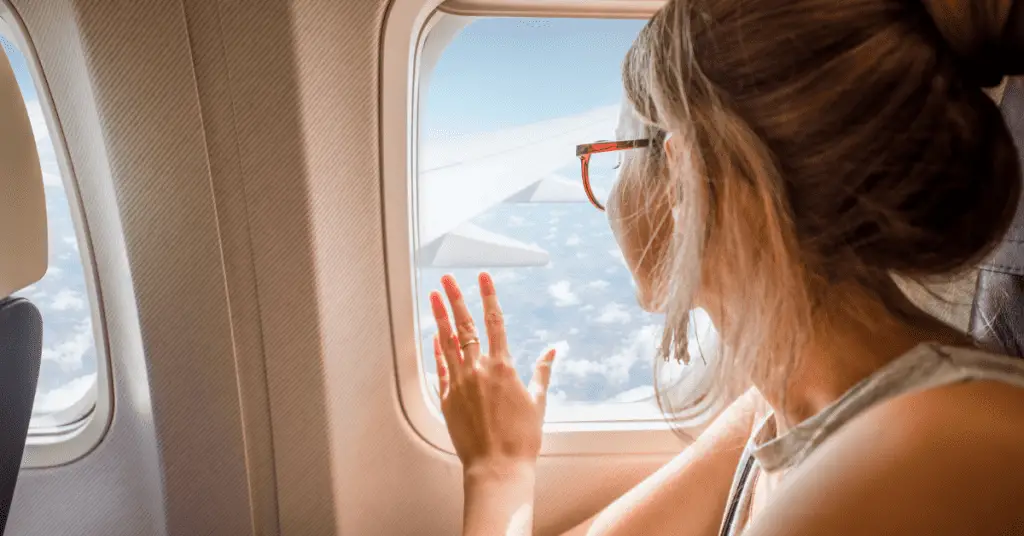
Alright now you’ve decided your destination, it’s time to get there! Whether you’re taking a flight, hopping on a bus, or road tripping in a rental car, it’s best to book your transportation there as early as possible.
For flights I like using Google Flights and SkyScanner to find flight deals, but I always book directly with the airline. If you’re planning to book a one way ticket, please know that some countries require an exit (return) ticket. Ireland and England were the only only countries I encountered that asked for proof of departure. At times, you can book a cheap bus ticket as proof and cancel it later.
For rental cars or buses I love using Rome2Rio. They provide a variety of transit options to get you to your destination.
Pro Tip: Please don’t book through a third party. I work in the airline industry and if there are any issues with you missing your flight, you’ll have to take it up with the third party you booked with.
When you’ve found a deal that looks good for your budget, clear your cookies and book!
Side note: I used to not believe in the whole cookie thing. I did it every time and never saw a difference. But on my last trip to Ireland, I found an awesome ticket price in the morning and planned to book it after work that evening. When I got home the price had risen about $80. I cleared my cookies and it returned back to the original price!
Step 5: Start Saving & Selling Items to Achieve Your Budget

You’ve made some excellent progress in your trip planning and most of the important items have been settled. So take a break and brainstorm items you can sell to help fund your trip.
Everyone is in a tidying up phase it seems, so join in and sell some unused items. Perhaps cutting cable for a few months or biking to work instead of driving will help as well. A side job might be a solid option as well. Also, don’t buy anything new.
I know this sounds kind of like a lot for a trip, but returning without a massive credit card bill because you’ve done your diligence with your budget and savings is a great feeling.
Step 6: Consider a Travel Credit Card & ATM Card
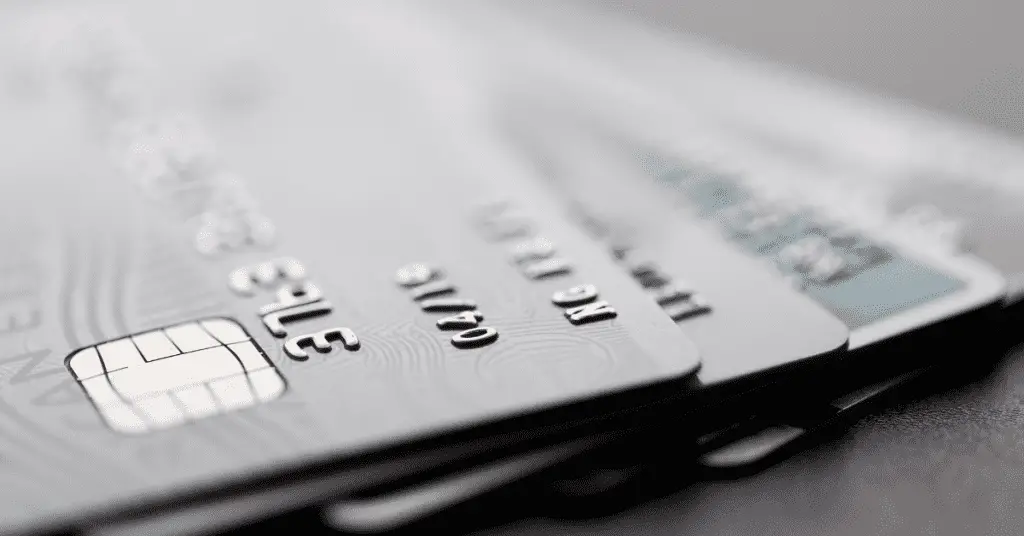
While we are on the topic of finances, I highly recommend getting a travel credit card and a travel friendly ATM card.
I’ve used Chase Sapphire and Capital One Venture cards for this. I’ve purchased the majority of my flights with points from these cards.
What to Look For in a Travel Credit Card
- Signup bonus offer.
- No foreign transaction fees
- Visa or Mastercard over American Express which is not widely accepted internationally
Once you decide on a credit card, put all of your regular purchases (rent, mortgage, insurance) on this credit card until you get your bonus points.
Ensure that you can pay it off each month so you don’t go into credit card debt
If you haven’t heard of the Points Guy – I recommend checking out his site for more in-depth resources on this.
Travel ATM Card
I made a huge mistake on my first solo trip. I used my US ATM card and each time I got cash, I paid massive fees for it! Spending my money to access my money is not cool!
To avoid needlessly wasting money in this way, consider opening up an investor’s checking account with Charles Schwab. They reimburse you for any fees and their customer service is great if by chance your information gets stolen (like mine did in Mexico).
Also – don’t forget to alert your banks of your travel plans before you go! This way they don’t freeze your account for fraud when you start using it abroad!
Step 7: Plan Your Trip’s Bucket List
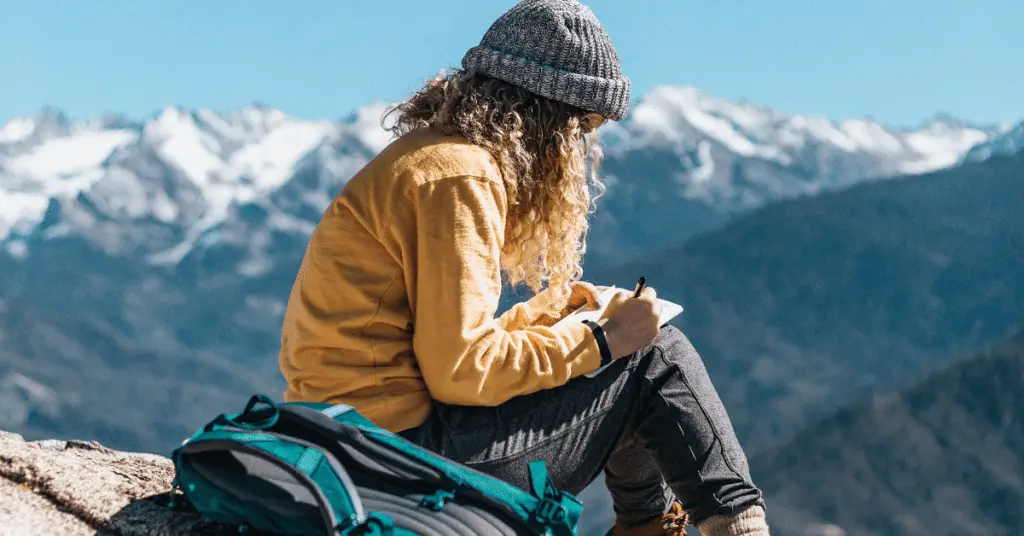
Daydreaming about a trip often brings as much happiness as actually going on the trip! It’s fun to develop a small bucket list for the things you’d like to do while traveling.
Once you have your bucket list written down, figure out what the top 3-5 priorities are. Tentatively schedule one activity per day and leave the rest of the day for spontaneity. If you NEED to, pay for the activity in advance, but otherwise, just pencil it in to your itinerary. and see how the trip goes.
Planning too much in advance decreases the amount of spontaneity in a trip. You can always book a tour the night before or get advice from locals or other travelers on hidden gems.
Step 8: Book at Least One Night of Accommodation

As your departure date moves closer book at least one night of accommodation in your arrival city. I’m a huge proponent of this as it will provide you direction upon landing and adds a layer of safety.
Many travelers I’ve met just show up and pop in to hostels until they find a suitable place to sleep. I’ve tried it and honestly, it sucks to wander around with a backpack popping in and out of places looking for a deal. Plus, as a solo female traveler, it’s not the safest thing to do and has definitely made me a target.
Avoid a backache and book in advance. If the place you book is awesome, then book more nights on arrival. If it stinks, then use it as a place to at least store your luggage as you find a more suitable place to sleep.
Here are a few tips for booking accommodation, whether it’s a hostel or a 5 star hotel.
- Filter for a rating of 8 or above. This allows for some negative reviews, while still filtering the list to the top accommodations
- Check the reviews. Here you’ll learn about any safety, cleanliness, or noise issues. I also check to see if and how the management responded to any complaints. For me, if there are safety issues written by women, I will remove it from consideration
- Plot it on a map. See how close it is to your bucket list activities. If it’s not walking distance, is public transit easily accessible.
Once you’ve found a suitable place, clear cookies and book directly, just like you did with your flight!
Step 9: Purchase Travel Insurance

I used to roll my eyes at travel insurance, but after breaking a surf board in the middle of the ocean in Costa Rica, I realized I could’ve seriously hurt myself. Now, I never travel without it – even if I’m doing a city trip.
Those cobblestone streets are just asking for a sprained ankle! And I don’t want to use money budgeted for my trip to pay for emergency health care.
Before you purchase additional travel insurance, check the coverage offered by the credit card that you used to purchase your flights and accommodation. Many times they will offer coverage in the case of a canceled flight or other emergencies. However, emergency health coverage is usually not a part of this.
Also understand the COVID policies of the company you’re going to use. If you get COVID, is it covered?
I’ve used World Nomads for all of my trips, but I also really like Safety Wing and might make that my next travel insurance policy.
Get a quote from World Nomads for your trip below.
Step 10: Create a Packing List…and Pack!
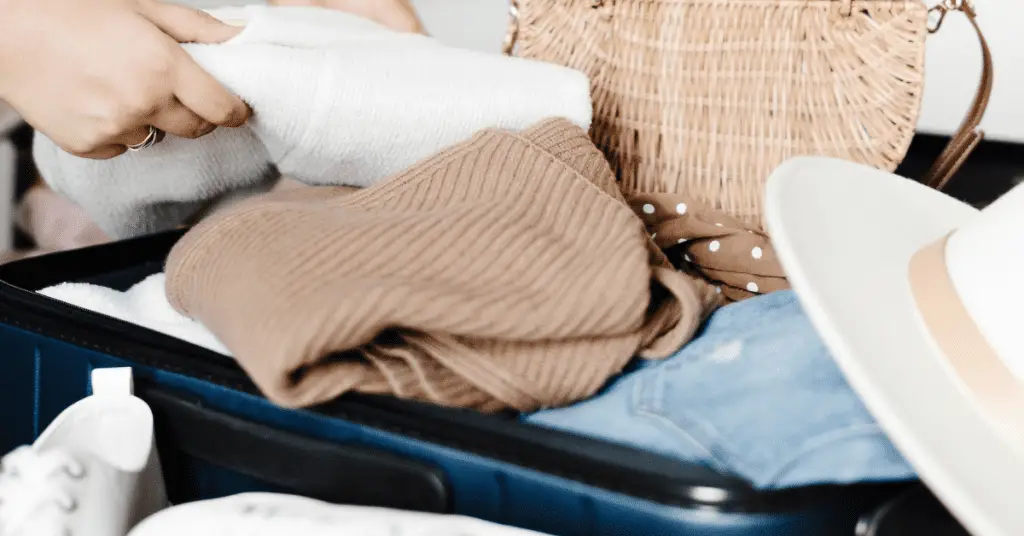
I am all about lists. To do lists, bucket lists, packing lists, etc. I make a packing list before each trip so I don’t forget the more obscure items – like that vaccination card!
I used to be a chronic over-packer, but traveling long term forced me to become a bit more minimalist.
The less you pack, the better off you will be. It’s super annoying to schlep a heavy bag or suitcase through airports and it will save you having to pay for a checked bag.
Here are my top tips for packing in a carry on only:
- Pack for 7 days max (only if your trip is long. If it’s a weekend getaway don’t pack for 7 days!)
- Bring laundry detergent to do some sink laundry and FeBreeze spray for in between washes to keep your items smelling fresh
- Stick with one color palette and add accessories like scarves
- Wear any bulky items on the plane
- If you don’t wear it at home, don’t pack it
- Wear comfortable shoes!
At times, when you get to the gate, they will ask you to check your bag. Some airlines will still charge you for this at the gate if you tried to be sneaky with your slightly oversized carry on bag. While others will not. Make sure you know what your airline’s policy is before you pack.
Just in case, make sure you have all medications and other necessities In your personal bag (the one that goes at your feet). Other lovely items to have handy are an eye cover, headphones, and a book.
Enjoy Your Trip!
And in 9 easy steps you’ve effectively planned your solo trip. You’re off to enjoy the beauty that is solo travel. I feel a very strong urge right now to quote Dr. Seuss, but I will refrain.
Need help staying organized? Check out my travel planner google sheets designed to keep track everything!
Other Helpful Solo Female Travel Posts
9 Solo Female Travel Safety Tips
15 Epic Solo Female Travel Destinations
Don’t Leave Anything Behind with this Hostel Packing List
How to Eat Alone While Traveling Solo
The Ultimate Guide to Solo Female Travel
Like this Post? Pin for later!
.
